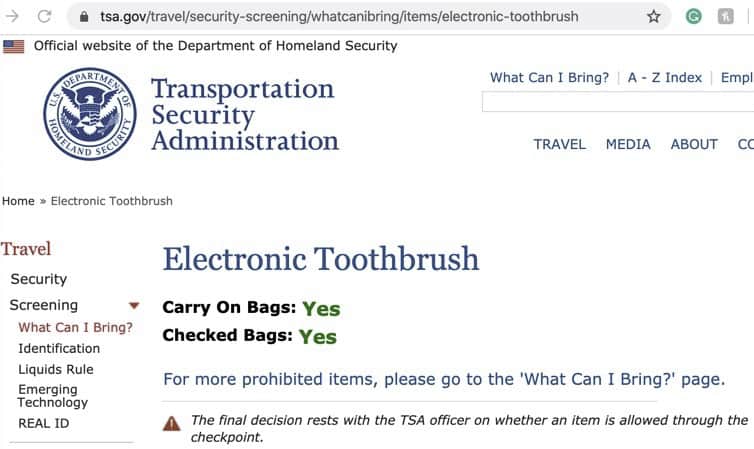
Being a tooth-obsessed dental hygienist, my electric toothbrush comes with me everywhere I travel (except for one time and I deeply regretted it). I have never had an issue with packing my electric toothbrush in my carry-on. However, a patient I talked to said he doesn’t bring his electric toothbrush when he travels because he didn’t think he could put it in his carry-on! Was I just lucky every time I packed mine?
As per the TSA (Transportation Security Administration), packing your electric toothbrush in a carry-on bag is allowed. Electric toothbrushes are allowed to be brought on the plane in a carry-on because the battery is covered and not exposed. Pack it in a case so it does not accidentally turn on.
Bringing your electric toothbrush along with you on your travels is important to maintain good oral hygiene, and prevent cavities and gum disease from beginning or progressing.
In the rest of this post, I go over how to pack your electric toothbrush, what batteries are in electric toothbrushes, what impact flying has on your oral health (you may be surprised at how much it does)! Also, some tips that I do to keep my teeth clean and healthy when I travel.
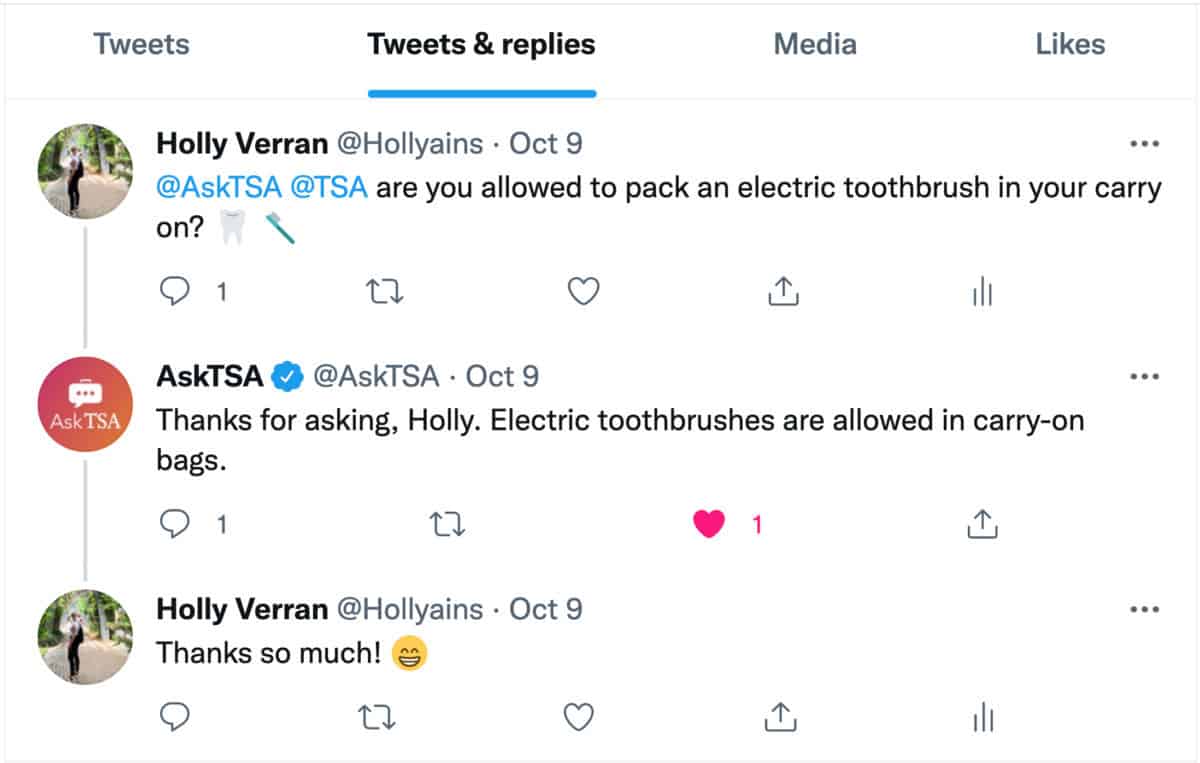
Can you bring an electric toothbrush on a plane?
Electric toothbrushes are allowed to be brought on a plane in a carry-on because the battery is covered and not exposed, almost eliminating the chance of the battery short-circuiting.
The biggest threat of batteries and portable power sources is them shorting and causing smoke/fire. That is why airport security can be very strict on certain batteries and electronic devices.
It’s similar to a laptop or smartphone, as the battery is covered and sealed, and you’re allowed to bring it on the plane.
You can find the TSA page that I found the information on here .
.
What type of batteries do electric toothbrushes use?
| Type of batteries used in electric toothbrushes | Type of batteries used in battery-powered toothbrushes |
| Ni-Cd (Nickel-cadmium) Ni-MH (Nickel-metal hydride) Li-ion (Lithium ion) | AA AAA |
Modern electric toothbrushes use both Ni-Cd, Ni-MH, and Li-ion batteries and the batteries are not able to be replaced.
The less expensive battery-powered brushes commonly use AA or AAA batteries and can often be replaced. Sometimes these battery-operated toothbrushes can be confused for electric toothbrushes.
How to pack an electric toothbrush in your carry on
Most electric toothbrushes come with a travel case but I find they can be a little bulky, taking up a lot of precious space. If you have room in your bag, I recommend packing it in its travel case. Doing so prevents the electric toothbrush from accidentally being turned on by something bumping into the bag. That might be a little awkward on the plane.
I always pack my toothbrush and case in a plastic bag, so it keeps it clean in my carry-on bag. But when I get where I am going I don’t keep it in the plastic bag because it doesn’t allow the toothbrush to dry out. When the toothbrush stays wet, it becomes a breeding ground for bacteria.
Why not just pack a regular manual toothbrush on a plane?
You can if you want, but if you normally use an electric toothbrush you should stick with it.
Electric toothbrushes remove more plaque and reduce bleeding/inflammation and improve gum health when compared to using a manual toothbrush. You can read more about it in this study .
.
I know when I travel my healthier habits take a back seat, indulging in everything the destination has to offer. More sugar, more coffee, more everything (except trips to the gym). It can be hard to maintain oral health as well, and using an electric toothbrush will help to maintain it.
The bacteria that cause gingivitis and gum disease do not take a vacation or go on holiday.
Electric toothbrushes have many benefits to our oral health, more than people realize. If you want to find out all the benefits of using an electric toothbrush, I linked to another post below.
Read now: 12 Benefits of Using an Electric Toothbrush
Why do you want to pack your electric toothbrush in your carry-on?
When you have your toothbrush with you, you can brush anywhere, anytime. Flight delay? Layover? What if you want to have fresh breath before rushing off to a business meeting? You can brush your teeth while you are waiting for your checked bag.
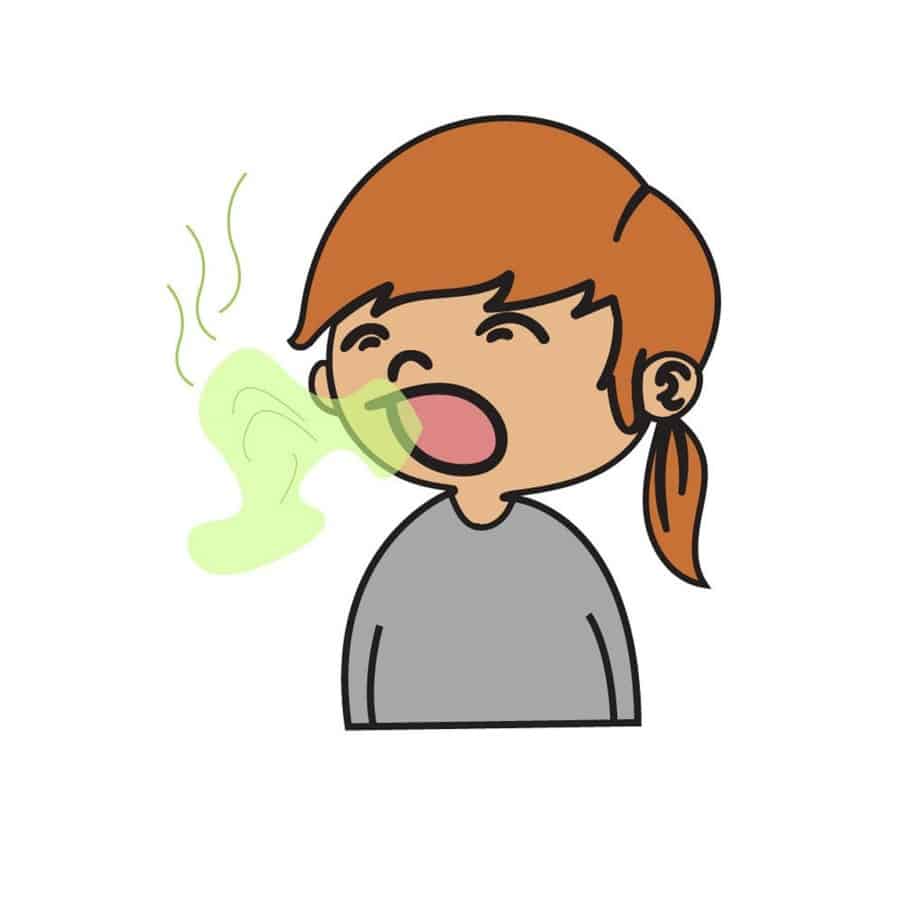
Another reason is; checked baggage gets lost. I know we never think it will happen to us, but you just never know when we will be the unlucky one. If your toothbrush is packed in your checked luggage, who knows how long it will be until you get it back… or if you’ll get it back. And not to mention, electric toothbrushes are expensive!
Dehydration increase on a plane and will make your mouth dry, increasing bad breath, and risk of tooth decay. We all know that feeling of “drying out” on a long flight. The issue with the air at high altitudes is the moisture content is very low.
If you are still dead set on not bringing your electric toothbrush with you, you may want to consider getting a less expensive battery-operated toothbrush. It will still perform better than a manual toothbrush.
Effects of dehydration on our oral health and how electric toothbrushes help
When our mouths are dry, the amount of saliva we produce is really low. And that has a huge impact on our oral health.
Our saliva plays an important role by helping to rinse away dead tissue cells and bacteria, break down food particles and neutralize the acid to ensure a healthy pH level.
When there isn’t enough saliva to do those jobs, we become much more susceptible to;
- tooth decay
- gum disease
- halitosis (bad breath)
- oral thrush (yeast infection in the mouth)
- mouth sores
- increased plaque accumulation
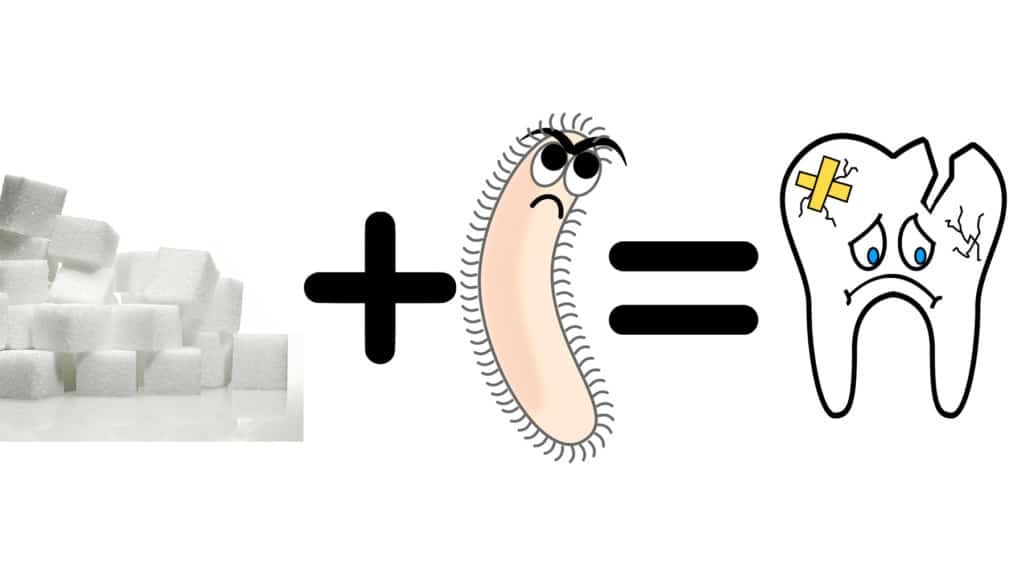
You can brush your teeth right before it’s time to get on the plane by bringing your electric toothbrush in your carry-on. Even if you are planning on eating on the plane, it is still important to brush, if not, there will be more bacteria in your mouth to feed on the food you’re going to feed on and produce acid. The more bacteria = more acid = decay.
How to maintain oral hygiene on a plane
I always floss and brush right before I get on the plane. This gives me a fresh start to my journey.
If I am on a long-haul flight, I will make sure that I bring some floss with me and floss my teeth after I eat on the plane. I use little-to-go brushes with toothpaste already on if I am on a SUPER long flight over 8 hours.
You don’t need any water to use them as the toothpaste will start to dissolve with the little saliva you may have left. Or you could take a little sip of water before brushing to help the process. If you want to try them out, here’s the link to find them on Amazon.
And make sure you pack a refillable water bottle or buy a bottle of water after you go through security. Keeping hydrated on the plane and drinking water will help rinse away food particles after you eat, but also help reduce the acidity in your mouth.
Take the water the lovely flight attendants offer you. It will help!
Don’t forget the toothpaste!
Depending on how long you’re travelling for, you may not want to bring a whole tube of toothpaste along for the ride. This especially goes for those who want to bring toothpaste in their carry on bag.
Toothpaste comes in little tubes and the best place to get them? The dental office.
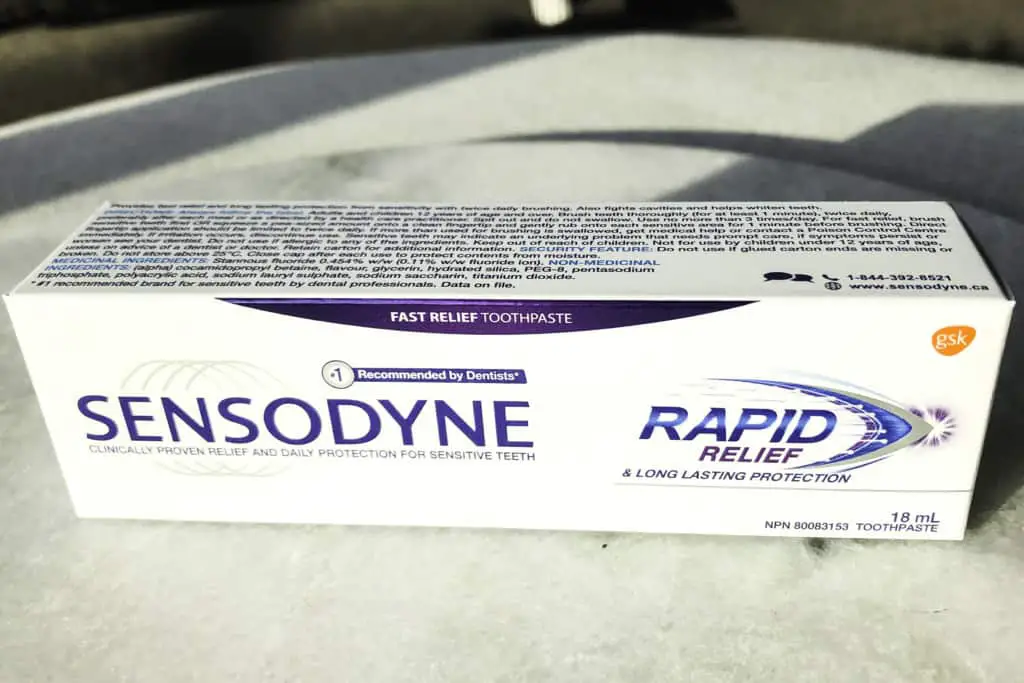
Tip: Instead of spending an obscene amount of money for the smallest tube of toothpaste at the store, next time you go to the dentist ask them for a toothpaste sample. When I know that my patients are travelling, I always give them an extra toothbrush and travel-sized toothpaste to save them the hassle and money of getting them at the store!
Enjoy your travels, wherever it may be! And don’t forget to floss 😉
Holly 🙂

